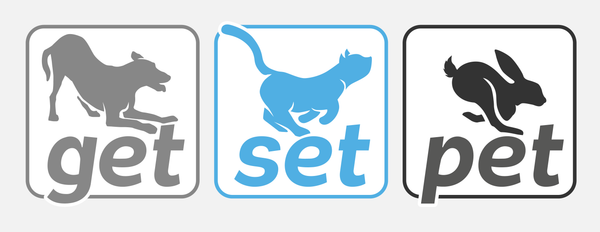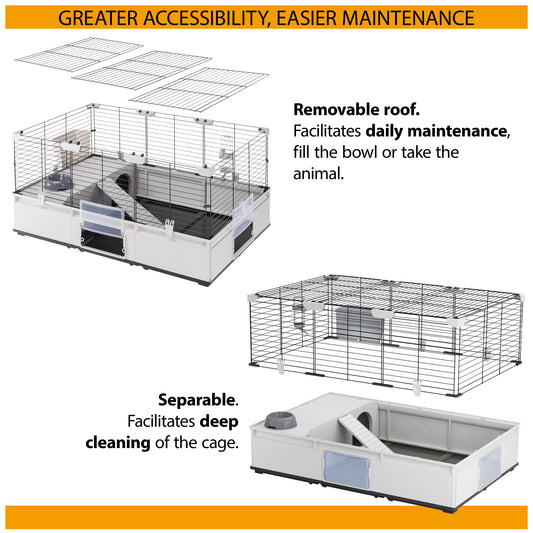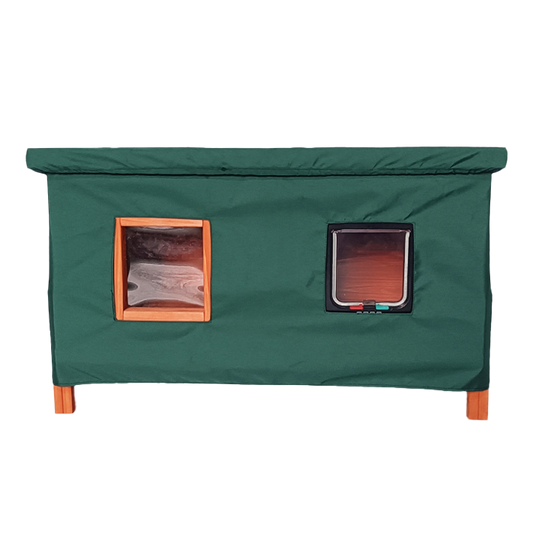All dogs can experience stress from time to time but some pets definitely seem to be more highly strung than others. Long-term stress can result in a dog becoming emotionally and physically unwell so owners sometimes need to step in to help their pet to keep calm and carry on.
What causes stress in dogs?
Stress in dogs can be an indication of trauma or insufficient socialisation when a puppy. There is a ‘window of socialisation’ during the first 16 weeks of a dog’s life where they are open to new experiences and this is the time they should be introduced to things like traffic, children, household noises, aeroplanes, people on bicycles and crying babies, as well as getting used to being handled and groomed. A dog that first experiences these things later in life will be more likely to have a fearful response to them.
Separation anxiety is often seen in dogs who have not been taught how to be happy on their own. As social creatures, dogs do not like being alone for long periods. Noise phobias are also common and many owners find that thunderstorms or fireworks in particular can cause anxiety in their pet.
Dogs are creatures of habit so changes in routine can unsettle them. Sometimes it is obvious what is triggering anxiety in a dog but other times you might need to play detective to get to the bottom of a dog’s stress.
What are the signs of stress in dogs?
Common signs that a dog is experiencing stress include:
- Excessive yawning
- Panting
- Licking lips
- Shaking/trembling
- Pacing/won’t settle
- Loss of appetite
- Low body posture and tail tucked
- Hiding away or trying to escape
Check it out
If your dog is displaying any signs of stress, it is very important that you get them checked over by your vet as soon as possible. If the stress is caused by a reaction to pain, your dog may need medical attention.
If your dog has been checked over by a vet and is found to be in good physical health, you can try to get to the source of their stress. The cause of your dog’s anxiety could be obvious – such as a phobia to loud noises – or it could be less obvious if your pet is of a naturally nervous disposition.
If you are concerned about the level of stress your pet is experiencing, ask your vet for a referral to a canine behaviourist who can make a thorough assessment of your pet’s emotional needs.
Calming products to try
Calming products can be useful for pets that need a bit of help to chill out. There’s no ‘one-size fits all’ approach for dogs so you might need to try out a few different things until you find what works for your pet.
True Hemp Calming Dental Sticks contain hemp leaf, ground hemp seed, green tea, chamomile and lemon balm to help relieve tension and can help to make your pet more mellow. They are formulated to help keep your dog’s teeth clean while acting as a tasty treat.
Dorwest Herb’s Valerian Compound has been designed to help cats and dogs during times of stress by quickly calming them. The concentrated herbal extracts are fast-acting and an owner should see a change in their pet within just 30 minutes. The liquid is easy to administer via a dropper, either directly into a pet’s mouth or added to their food.
Pet Remedy is a natural stress-reliever that works alongside the brain’s neurotransmitters to calm the nerves. The Pet Remedy formula is made up of a blend of essential oils including valerian, vetiver, sweet basil and sage, and can be administered either through a plug-in diffuser or as a spray that you can use on bedding or in the car.
Dog Appeasing Pheromones are synthetic versions of natural chemical signals given off by dogs. Nursing mothers give off a pheromone to help calm their puppies and a manufactured version of this has been proven to help anxious dogs. It is available as a plug-in diffuser for the home or as a spray which you can use on bedding or in your car.
Pressure wraps or t-shirts can help to calm anxious dogs and many owners find them useful with noise-phobic dogs during thunderstorms or fireworks. They work by applying gentle pressure to the body providing a reassuring sense of security – just like swaddling a newborn baby.
Creating a calm home
There are some things you can do at home to help create a calmer environment for your pet:
- Ensure your dog has a safe retreat that they can hide away in if they need some space. This is particularly useful for dogs with firework or thunderstorm phobias. Create a cosy, dark den and do not disturb your dog when they are in there.
- Maintain a routine as much as possible. If you can keep meal times, exercise times and bed time consistent, anxious dogs are likely to be happier and more settled.
- If you have to leave your dog home alone for a while, ensure they have something to keep them busy – like a stuffed Kong toy or lick mat – and leave the radio on or some gentle music to block out any outdoor sounds.
- Keep yourself calm. Dogs are incredibly perceptive and can pick up on human emotion so if you can remain calm your dog will be more likely to follow your lead.
If you enjoyed this article, have a look at:
Should I Let My Dog Sleep With Me?









